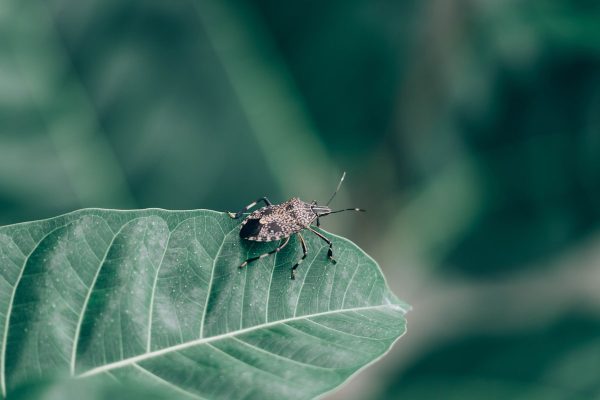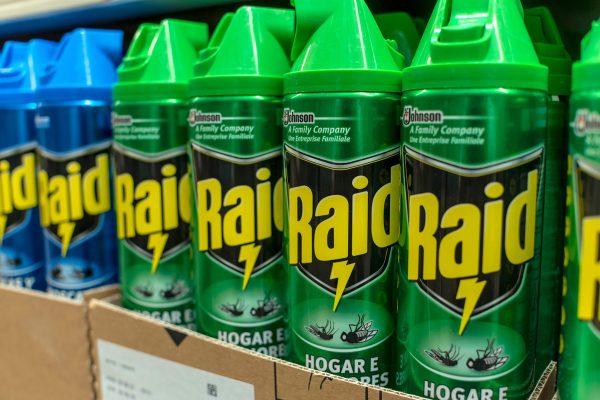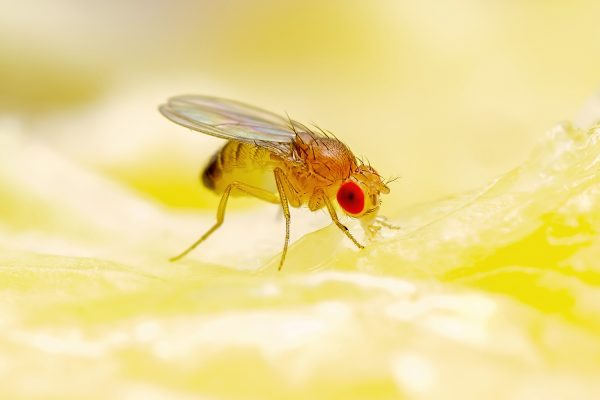Thrips are one of the most common garden pests and one of the most destructive, too. If they're feasting on your plants, you'd want to know a very effective way to get rid of these insects. Will Bonide Systemic help you solve your woes? That's what we asked the garden experts and here's their reply.
Yes, Bonide Systemic Granules can kill thrips and help you get rid of these pests in your garden. However, it is not recommended to use on your edible plants.
You also have to wait for a week or so before it fully takes effect to give sufficient time for the roots to distribute the active ingredient to other parts of the plant.
Keep on reading to know more about how to use Bonide Systemic Granules and how they work on thrips. We'll also tell you about the thrips' life cycle, signs of infestation, and how you got them in the first place. Lastly, we'll give you tips on how to avoid a thrip infestation. Let's get down to business!
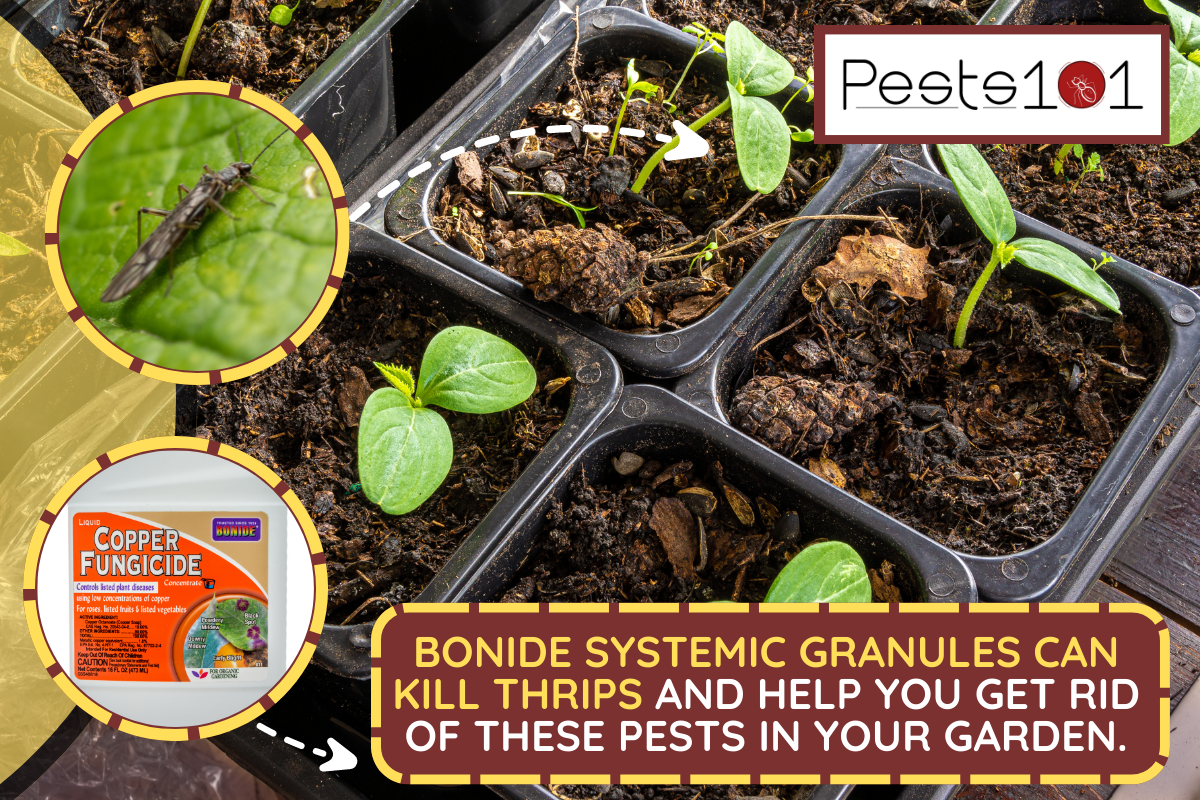
Will Bonide Systemic Granules work on thrips?
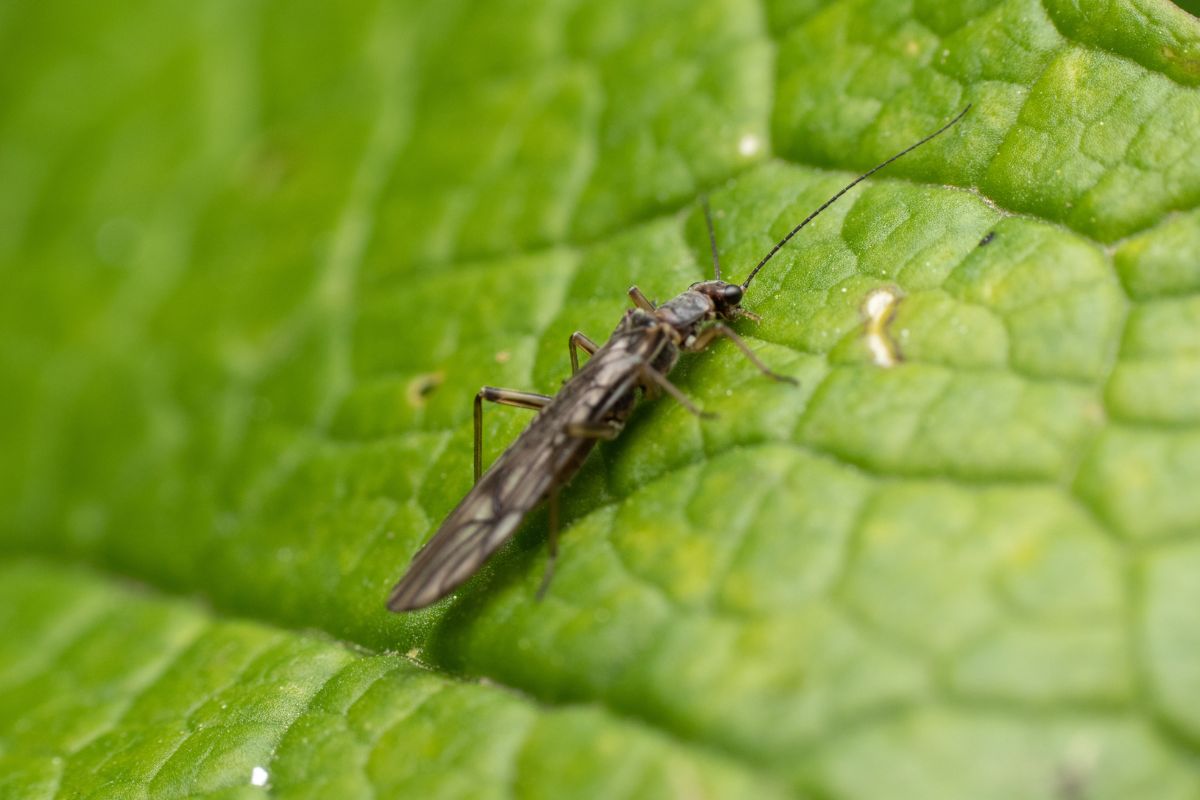
Thrips are common garden pests that would really have you concerned about the condition of your plants because these pests do not only feed on your greens but they also transmit viruses that will further worsen your garden's state.
When you're dealing with a bad thrip infestation, the health of your plants is in great danger. To prevent these pests from causing more damage to your garden, it would come to a point that you would need the help of a trusted insecticide.
Bonide Systemic Granules Insect Control is one of the better-known insecticides on the market. You can easily purchase it to treat the severe thrip infestation in your garden right away. Manufacturers say that this product can kill thrips in your plants.
Click this link to find this product on Amazon.
How do you use Bonide Systemic?
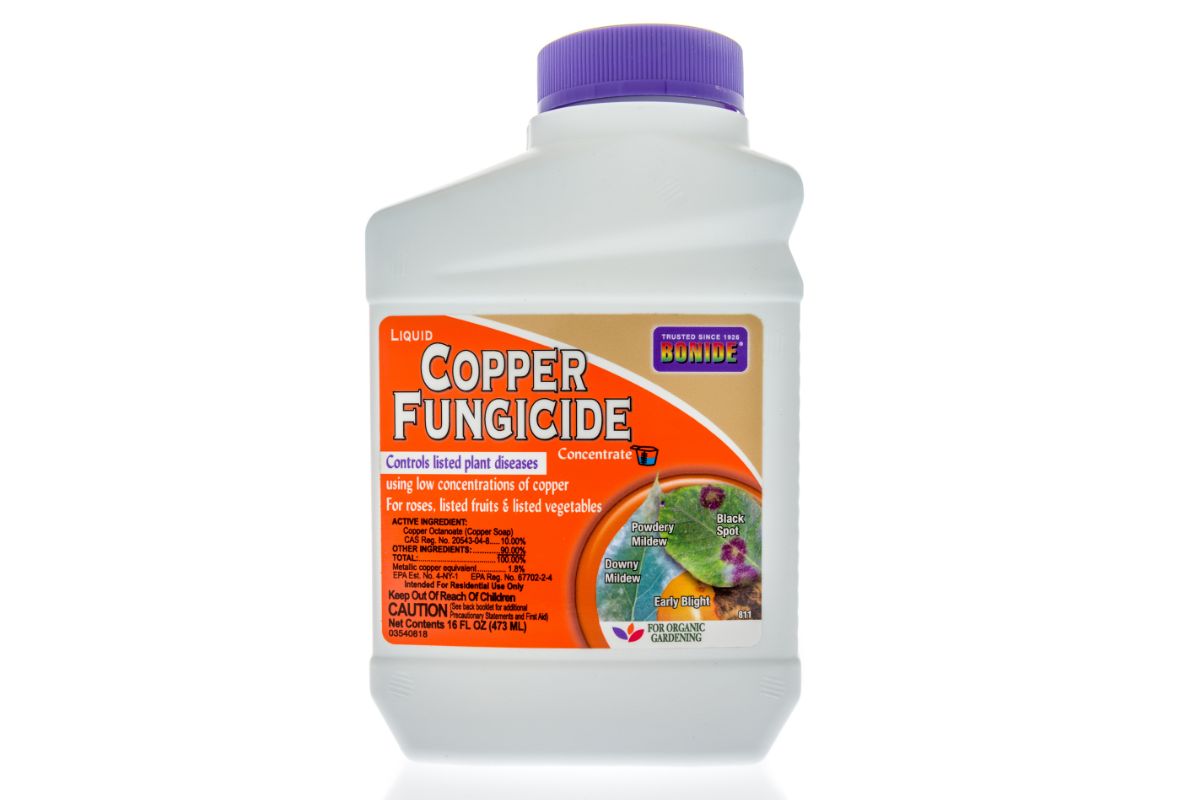
This insecticide is ready-to-use and the application is so convenient. Just apply it evenly on the top of the soil then cultivate the top one to two inches of the soil gently, taking care not to damage the plant's roots.
Then water it thoroughly so that you can activate the ingredients in the pesticide that is responsible for killing thrips.
Being a systemic pesticide, Bonide Systemic Granules Insect Control is absorbed by the roots of the plants. The active ingredient would be transported to different parts of the plants so that wherever the thrips go to suck the plants' juices, they would get a dose of the insecticide.
However, don't expect results immediately. It would take about five days or more before the pesticide is distributed throughout the plant and only then can it do its thing against thrips.
Imidacloprid, the active ingredient in Bonide Systemic Granules, kills thrips by affecting their nervous system upon ingestion. This would lead to the insects' paralysis and death.
But the good news is that this insecticide would provide long-lasting protection to your plants, especially to the new offspring. The protection lasts for two months.
Bonide Systemic Granules are not recommended to use on edible plants. They can be used for indoor or outdoor plants. After applying the insecticide, avoid watering the plant too much to give it sufficient time to absorb the insecticide.
What is the life cycle of thrips?
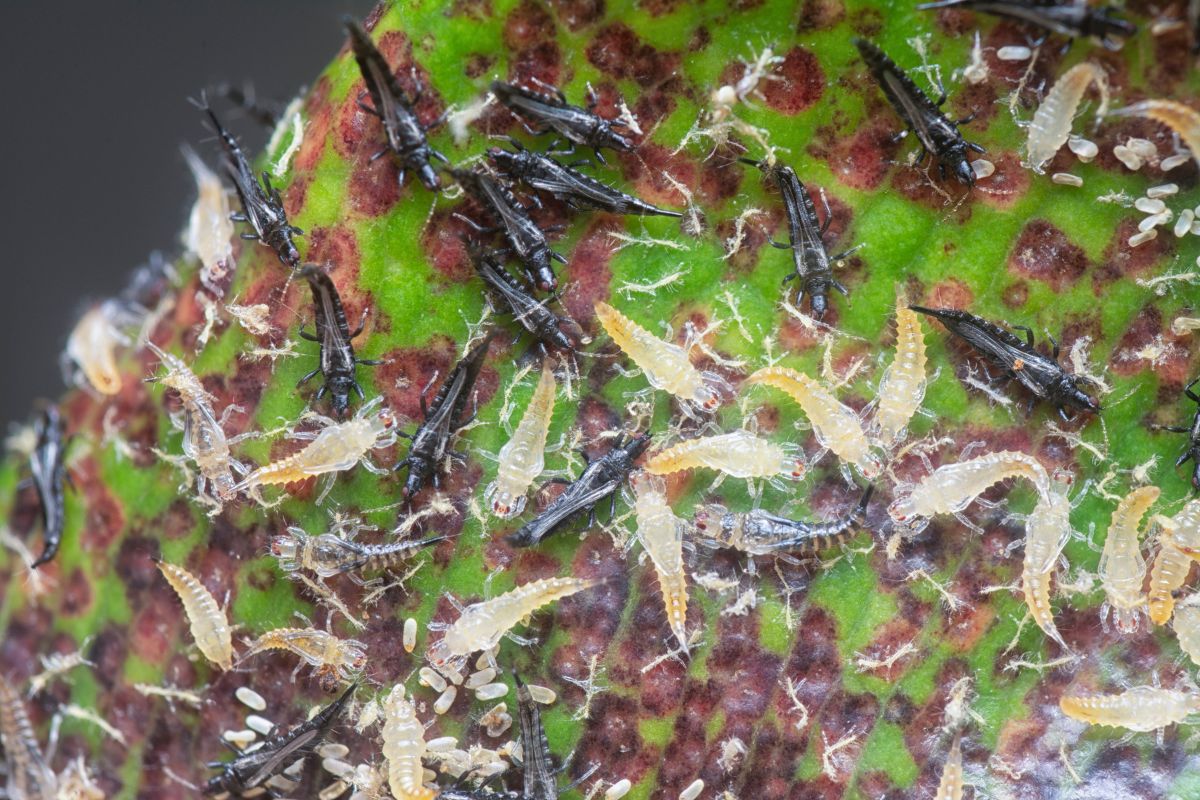
Thrips have a life cycle of about two weeks if favorable conditions exist. They particularly like to breed during spring and the early parts of summer.
The female thrips can lay eggs with or without mating with the males. This explains why you never seem to get rid of them. As the adults die, hundreds of eggs have already hatched and developed to take their place.
The females insert their eggs into the plant tissues. The eggs are shaped like that of a kidney and are either transparent or white. These eggs will undergo two larval stages and two pupal stages before they become winged adult insects.
The larvae's bodies are yellowish and they also have red eyes. The pupae are also yellow and you will most likely find them in the soil or inside the flowers. The adult thrips are yellow or dark brown but they're so tiny you would need a magnifying glass to notice their colors.
What are the signs of a thrip infestation?

In the case of thrips, both larvae and adult insects cause damage to plants. Many thrip species target all kinds of greens - ornamental and vegetable plants alike but some are more selective.
These pests have asymmetrical mouths that can punch and suck the sap out of the plants. You would see silver or bronze specks on the plant's surface that are indicative of these pests' presence. They also leave behind black and sticky excrements on different parts of the plant.
You would also notice that the host plant's leaves, buds, flowers, and fruits are drying and shedding prematurely. It would also have a distorted and deformed look. Its growth would be stunted. Those with bulbs are prone to decay.
In other words, a garden infested with thrips is in a sad state.
How did I get thrips?
Thrips are weak fliers. This means you'll only find them hovering over their host plants. But because of their size, it is easy for them to get carried away by the wind and they can start another infestation wherever the wind takes them.
This is one of the leading causes of having a thrip infestation in your garden. So, you never really know if you're going to get it even if you take good care of your plants. Worse, if you take your plants indoors, the infestation will spread especially if you put your indoor plants close to each other.
Another way of acquiring these pests is when you buy a new plant from the nursery and didn't know that there are thrip eggs, larvae, or pupae in the soil.
This is why it is important to quarantine your new plant babies for a few weeks to a month so that you can observe them first until you're sure about their condition and that you're not bringing pests into your garden.
How to Get Rid of Thrips
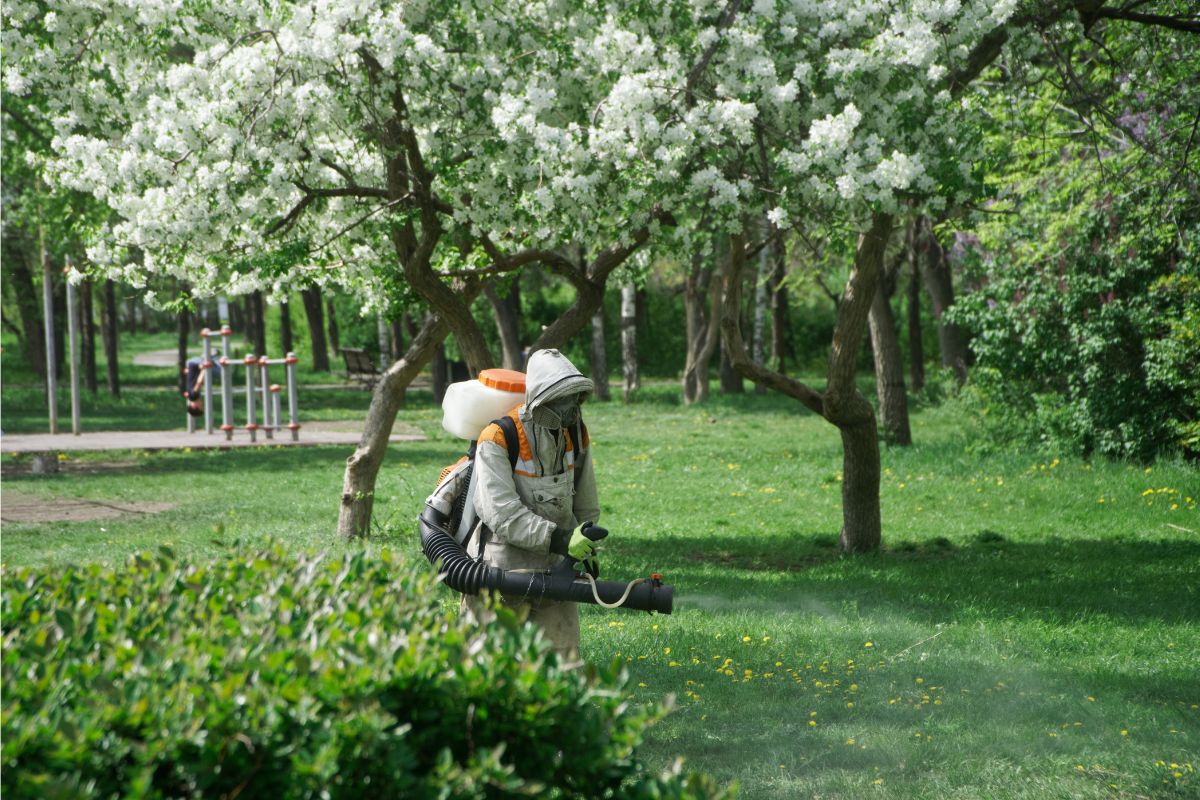
Contrary to some beliefs, it is not advisable to use insecticide to control thrips in your garden. If the infestation is not that severe, the use of pesticides isn't recommended.
It would be difficult to assure their effectiveness anyway since these small insects can hide in the deepest parts of the plant. The thrips might develop resistance to pesticides if these are used frequently.
A multi-faceted approach is key in effectively controlling pests. Here are some tips for you:
- Use of traps: Use sticky cards preferably blue and yellow in color because thrips are attracted to these hues. You can also put water pan traps in strategic areas so that you can drown the thrips.
- Tap the plant: Gently shake the affected plants to remove some of the thrips that have settled in there. Use your water hose to wash them away from your precious plants.
- Clean your garden: Remove fallen leaves and scattered debris. These are places where thrips can hide their eggs or pupae. Don't make your garden space conducive to their population growth.
- Cover vents and fans: You can also cover the vents and fans in your greenhouse with a fine mesh screen to keep the pests away.
- Don't wear bright-colored clothes when gardening. Thrips are attracted to these colors and they'll follow you wherever you go.
- Let nature take its course: Thrips have natural enemies in the environment. Spiders, lacewings, mites, and even predatory species of their kind would go after them and help in the management of pest control.
- Quarantine new plants: Do not immediately put your new plants close to your old plants as they might be pest carriers.
- You can also use a mild insecticidal soap to help you get rid of thrips in your plants.
Check out these yellow sticky traps on Amazon.
It's all about proper garden maintenance and control so that you won't be overwhelmed with a thrip infestation.
Final Thoughts
You can use Bonide Systemic to help you get rid of severe thrip infestation. Just be patient when using this insecticide because it takes time before it is fully absorbed and transported to different parts of the plant.
But by then, you can be assured that it will give long-lasting protection to your plants against thrips.
For other uses of Bonide Systemic Granules, you may read the following posts:



